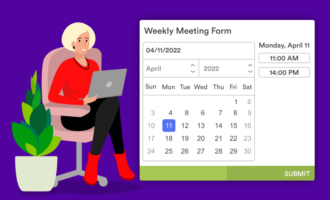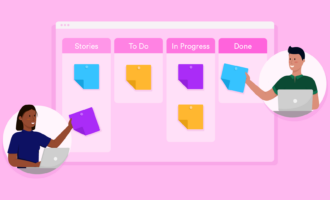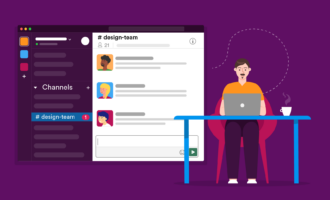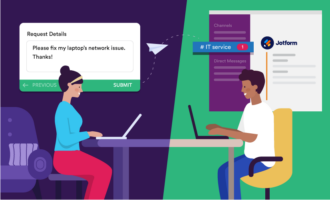Training is the backbone of an effective workforce. But when your employees start working remotely, how do you successfully adapt your training practices?
Just like training in the office, remote training gets employees up to speed on new workflows and work arrangements — except that employees are at home or another location. While much of the typical training advice still applies regardless of where employees are located, being geographically dispersed often requires additional considerations for the training to be effective.
Below, several experts share their recommendations for making the most of your remote training efforts.
Effective remote training starts with these 7 tips
- Ensure employees are properly set up
- Break up training sessions into smaller parts
- Set reasonable expectations
- Create a buddy system
- Adapt to different learning styles
- Use small-group dynamics
- Add some levity
1. Ensure employees are properly set up
In the office, employees typically have standardized equipment and a dedicated space, like a conference room, that’s suitable for training. You can’t make that same assumption when each employee could be working from a completely different environment, such as a home or coffee shop. Even if all employees are working from home, each home is different. For example, there may be other people in the home, or the employee may not have a dedicated workspace.
Terry McDougall, a business executive and career coach, says you need to make sure each employee has access to the technology they’ll need to fully participate in the training. “This includes a computer with a camera and microphone, as well as adequate lighting and a quiet space,” he says. “It could also mean providing access to relevant software.”
2. Break up training sessions into smaller parts
“Neither you nor your employee wants to sit on a video call all day. Deliver your remote training in reasonable chunks to avoid burnout for you both,” says Mila Dorosh, head coach and facilitator at Boss Makes You Go Training. In her experience, 90 minutes seems to be the limit. “It’s the ideal amount of time to introduce a concept or a skill and have a useful discussion on it.”
You can reconnect another day for a follow-up session; then repeat until you’ve conveyed all the necessary information. “Your employees will be grateful for the time to properly absorb what you’ve shared,” Dorosh explains.
Just so you know
Hire, train, and manage employee information remotely with free telecommuting forms.
3. Set reasonable expectations
“You won’t be able to transform interns into company leaders over a single remote training session,” says Dorosh. Similarly, expecting inexperienced salespeople to become top sellers after a brief training is unrealistic.
Instead, come up with simple training goals. For example, you may want to train your sales team on a new closing tactic. You may want recently promoted managers to learn how to effectively delegate tasks to their subordinates. If you employ customer service personnel, you may want to train them on a new workflow for escalating customer issues.
4. Create a buddy system
After the initial training, your employee is bound to have questions. To avoid fielding too many inquiries, it can help to partner the employee with someone who’s already been trained. Christopher Prasad, marketing manager at JookSMS, says this arrangement is better for both you and the employee.
“Employees tend to feel more comfortable asking peers questions about things they don’t understand,” Prasad says. “And you can focus on training other employees or your other managerial duties.”
5. Adapt to different learning styles
“Some people are happy to spend hours watching videos and taking notes, whereas others will get distracted during your longer remote learning sessions. The latter would be better suited to trainings with shorter-form, mixed-media content,” says Eric Mochnacz, HR consultant at Red Clover.
This could mean making shorter videos or breaking up longer videos into shorter segments (similar to tip no. 2 with live training sessions). Alternatively, you could create a written guide, as some employees may learn better by reading about a process or concept.
6. Use small-group dynamics
When you’re training multiple employees at once, it can be beneficial to maintain a small group feel at different junctures of the remote session.
Michael Alexis, CEO of TeamBuilding, recommends using a feature like breakout rooms on Zoom, where you can pull a small group of people from the main session into separate virtual rooms. “You can then use the breakout rooms as a smaller forum to discuss topics without having people talk over one another,” he says.
7. Add some levity
“Don’t forget to make it fun,” says Alexis. If you conduct a one-to-many training, expect some employees to browse the internet while you’re talking. This will likely result in your training being ineffective, wasting your time and theirs. “Instead, make an effort to increase the interactive and social components of your remote training to keep everyone engaged,” Alexis says.
Implementing the above tips will go a long way in making your remote training efforts worthwhile. It will also help alleviate the stress of training for you and your team.



































































Send Comment: